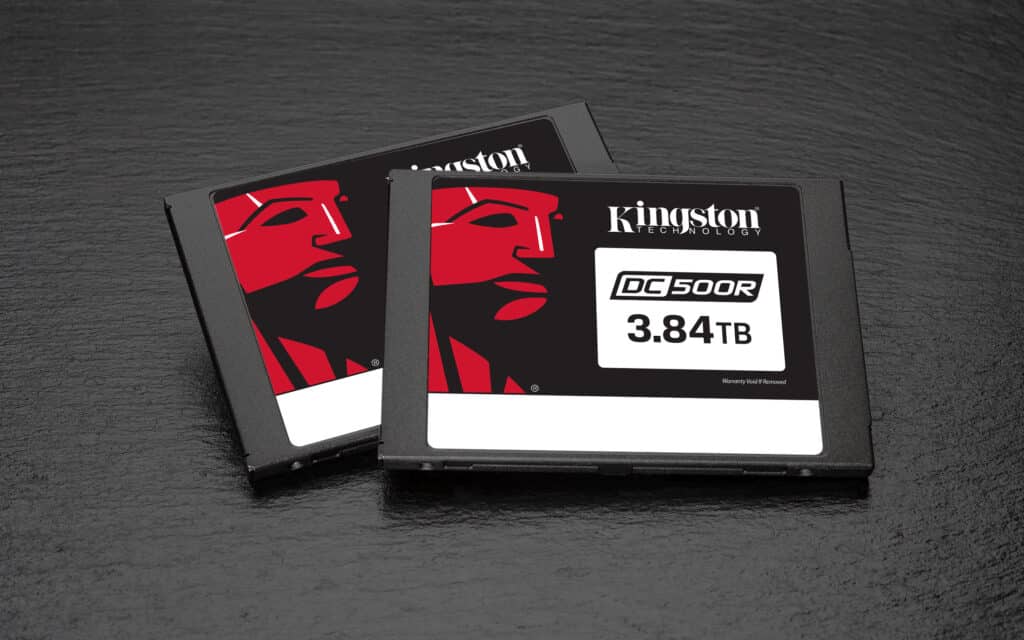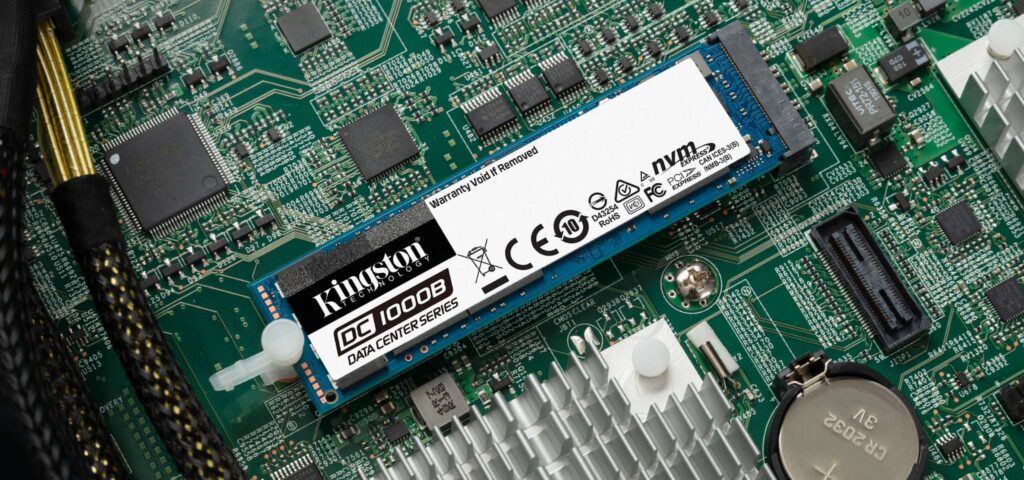Behind today’s digital network infrastructure, whether that’s cloud services, Big Data, edge computing, internet of things or traditional databases, is a growing need for servers to store, process and send enormous volumes of data.
And during the last 12 months, a period that has seen an unprecedented global shift towards consumption of online content through working, learning and entertainment at home, that demand for data has spiked beyond anything that was ever possible to forecast.
While it may not be apparent to the user when they click the button to stream video on YouTube or Netflix, listen to music on Spotify or send a message on Facebook, a server within a data center somewhere has to host and send that content to them. With exponential growth in the use of all digital services, that means more servers and data centers are needed than ever.
Perhaps remarkably, most people use and enjoy online content without ever needing to understand the complexity of the backbone that allows it to arrive on their screen or are even aware it exists. To them, the movie simply starts playing when they click the button.
At Kingston Technology, we’re extremely proud to play a major role in providing the digital backbone that makes this possible. Our enterprise storage and memory products are used around the world in servers and data centers, enabling the digital services that are now part of daily life for all of us.

Datacenter Storage
In particular, our solid-state drives (SSD) are deployed in millions of client computers such as desktop and laptop PCs, as well as enterprise computing. In both situations reliability, security, high performance and low latency are critical for any application to perform well.
The steady migration away from the hard disk technology that has been the basis of computer storage for decades, towards solid state drives, enables systems to boot faster, load applications quicker and improve the entire computer’s responsiveness.
In data centers, where vast arrays of storage drives are needed to store and process large volumes of data, the improved performance and reduced power consumption of SSDs over traditional hard disks enables new applications that depend on ultra-fast performance.
It also means providers can greatly expand hosting capacity within their existing infrastructure, without necessarily needing to increase the physical footprint of the datacenter, its power, thermal or maintenance requirements.
However, while all SSDs are based on similar principles, different digital services and applications have a variety of requirements, and this affects the type of SSD that is selected for that role.
For example, in a data center it’s crucial to be able to predict performance when under load, where 24/7 uptime and reliability is expected.
Going further, some digital services such as movie and music streaming services focus almost entirely on making content available to the users. At their basic level, content sits on SSDs in a data center, the user chooses a content on a streaming service, which sends the request to the server to load the chosen content and start streaming for the user. The ideal SSD for this type of usage would be one that has been optimised for read-centric workload as a large data set – multiple contents (music, video, etc..) which is loaded once and accessed by multiple users at the same time.
 But that is not true for other services, particularly those that are dependent on user-generated content like Facebook, Flickr and Pinterest, where users post their own content besides viewing content shared by other users, so there are not only reads but also writes. For data centers that are used for similar kind of applications a mixed workload SSD is a better choice.
But that is not true for other services, particularly those that are dependent on user-generated content like Facebook, Flickr and Pinterest, where users post their own content besides viewing content shared by other users, so there are not only reads but also writes. For data centers that are used for similar kind of applications a mixed workload SSD is a better choice.
Our product lineup reflects these diverse requirements. Our DC500 Enterprise SSD comes in DC500R and DC500M versions, with specific configurations designed for different applications based on read-centric or mixed workloads. And in a datacenter where reliability is crucial, in the wake of power loss, our enterprise SSDs use protection circuits to prevent data loss in the event of server downtime.
Independent opinion and support
Additionally, Kingston Technology is a leading supplier of memory, another crucial aspect of data center configuration that is a key driver of system reliability. With the option of both ECC and non-ECC DRAM memory modules, again, we value performance and data reliability.
However, it is easy to purchase inadequate DRAM memory modules, which could lead to the server not starting or to configure the DRAM the wrong way, which would impact on performance, power consumption and scalability. On the other hand, it may be easy as well to purchase the wrong type of SSD for a specific application.
That’s why we offer both pre- and post-sales advice to existing and potential customers, along with industry-leading warranty on all our products. Through Ask An Expert, we identify customers’ needs and work with them to choose the right kind of storage or memory for their application requirements and offer advice to ensure full compatibility with other components in their system.
Tomorrow’s datacenter performance
Even with the improved performance and power efficiency of SSDs over hard disks in the data center, the growing global demand for digital services has put extreme pressure on data centers.
 A new SSD technology that takes advantage of the computer’s fast PCI-Express bus and use the new NVMe protocol are set to improve performance further by up to 10x in order to meet that demand without necessarily requiring large expansion to existing data center physical architectures.
A new SSD technology that takes advantage of the computer’s fast PCI-Express bus and use the new NVMe protocol are set to improve performance further by up to 10x in order to meet that demand without necessarily requiring large expansion to existing data center physical architectures.
In fact, if you’ve bought a laptop in the last few years, you probably already have this technology in your computer.
With such a huge performance gain to be expected in data center storage, we will be able to meet the exponential increase in demand for digital services for the foreseeable future by just replacing with newer technology.
Adoption in servers moves at a slower pace to the desktop though, where different requirements mean it’s not as simple as removing one drive and replacing with another for an instant performance gain. All systems are different and only certain servers can be used with NVMe drives.
Kingston Is With You
To many people, the world of data storage that’s at the heart of digital business may sound like a minefield of acronyms, jargon, and fast-moving technology, where a lack of knowledge could lead to a purchasing or configuration error.
This is an area where we think it’s important to help both our existing and potential customers. We offer strong pre-sales and post-sales advice, identifying customers’ requirements, checking compatibility with their existing infrastructure and making a recommendation based on application needs.
For example, a business may not need to expand its storage bandwidth now, but future growth may see existing storage systems becoming a bottleneck further down the line.
In some cases the course of action we would advise may be to wait before switching to NVMe, to ensure total compatibility and get the best value for money at the right time.
Our Kingston Is With You business philosophy is intended to let our customers know that their purchase is backed up with high quality support. It applies to the company’s full portfolio to communicate the advice, support and high quality our products offer, highlighting the pre-sales advice service and the after-sales support customers can expect and which stands up for over 30 years, helping corporate and end users in many aspects of business and life, wherever they are.


